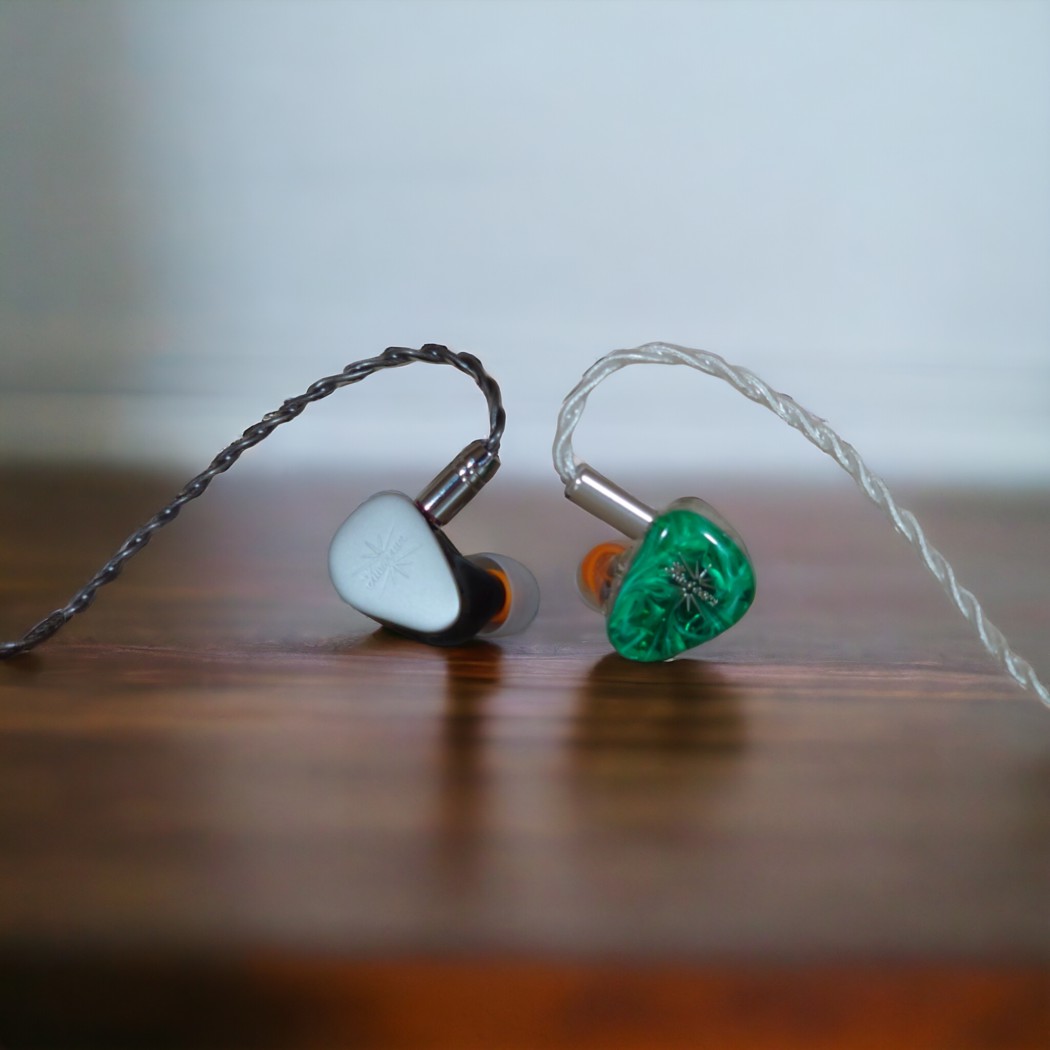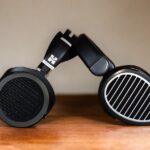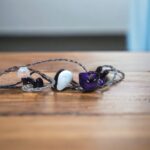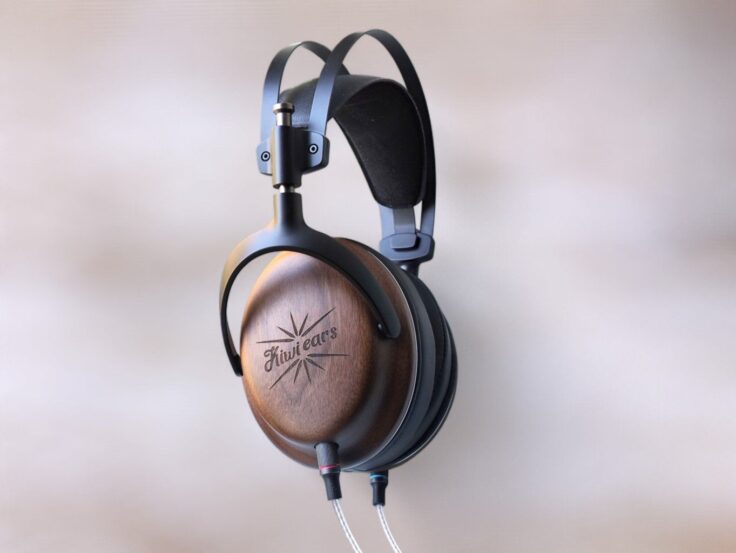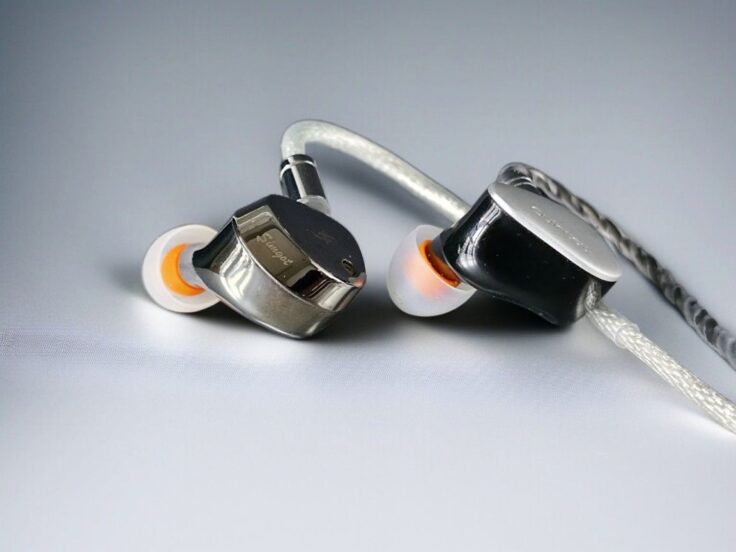The Kiwi Ears Quintet and Orchestra Lite are Kiwi Ears’ two top IEMs in addition to the original Orchestra. They are similarly priced at 219 and 249 USD at the time of writing.
As the name suggests, the Quintet has 5 drivers per side. There are 4 different types of drivers: 1 Diamond-Like Carbon (DLC) dynamic driver, 2 balanced armature (BA) drivers, 1 planar magnetic driver, and 1 piezoelectric (PZT) bone conductor.
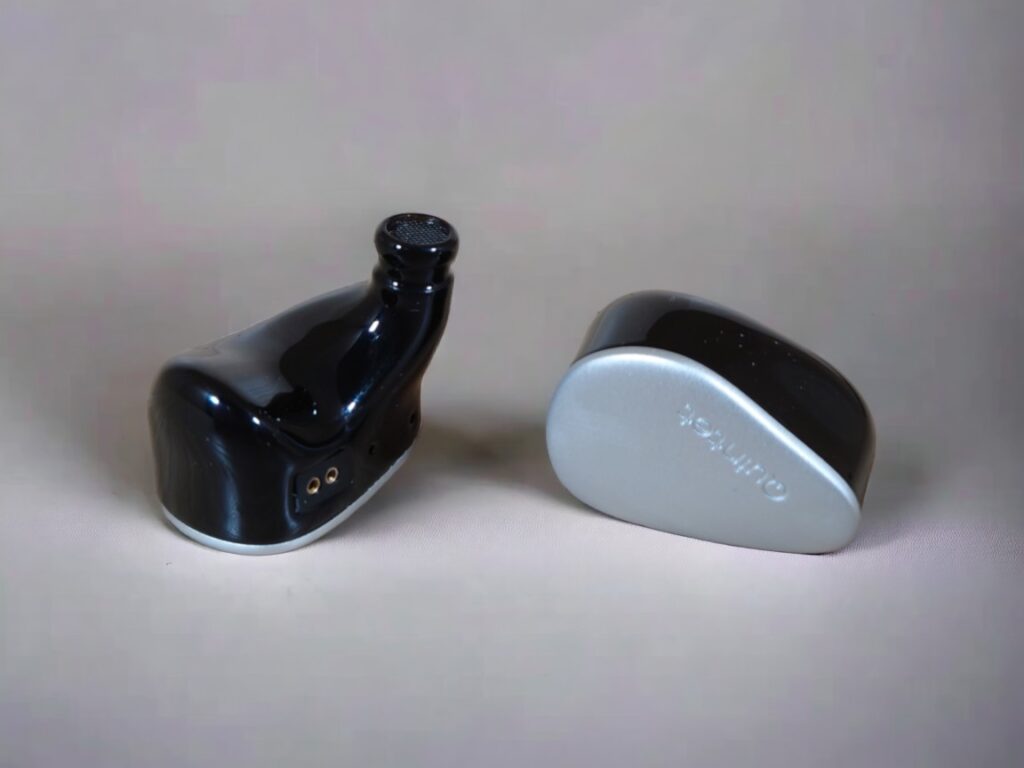
The large 10mm DLC driver works as the subwoofer while the two Knowles balanced armature drivers take care of the midrange. For the treble, Kiwi Ears has introduced a new 5mm planar tweeter system in the Quintet. Finally, to give extra air and micro detail to the treble, the Quintet features an extra tweeter in the form of a piezoelectric bone conductor driver.
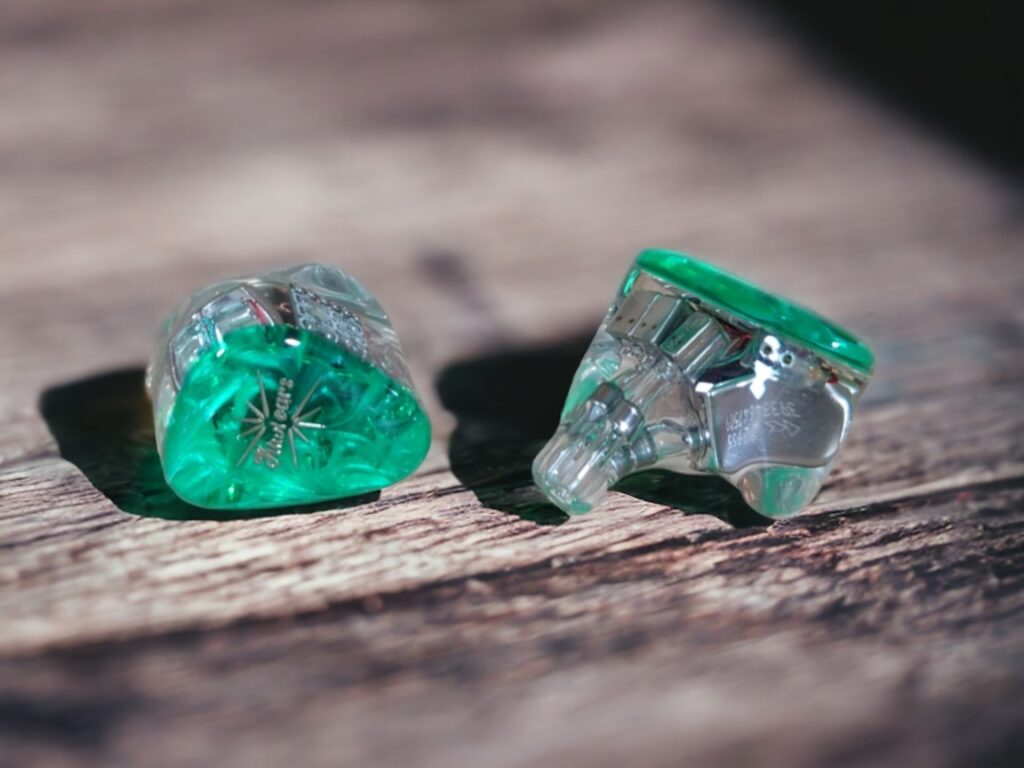
The Kiwi Orchestra Lite is a little less unorthodox. However, it could just as well be named the Octett, as it features 8 custom-balanced armature drivers. These are set up like this: Two ultra tweeters for the treble, four midrange balanced armature drivers for the mids, and two subwoofer drivers for the lows. The Orchestra Lite utilizes a three-way passive crossover. It is essentially a new version of the original Orchestra with a less cost-intensive design and more efficient drivers.
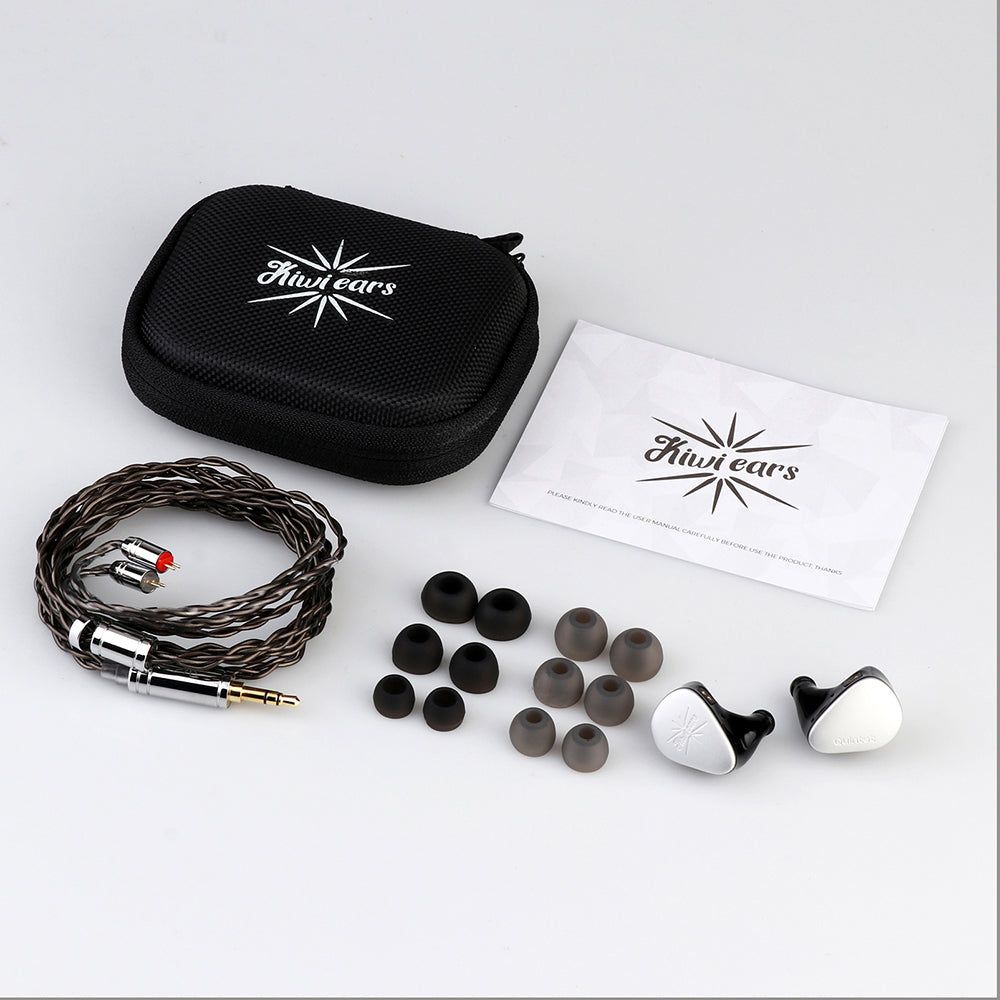
KIWI EARS QUINTET SPECIFICATIONS
- Drivers: 1 Diamond-Like Carbon (DLC) dynamic driver, 2 balanced armature (BA) drivers, 1 planar magnetic driver, and 1 piezoelectric (PZT) bone conductor
- Impedance 32 Ohms
- Sensitivity: 106 dB
- Included cable: 1.2 m
- Cable plug type amp: 3.5mm
- Cable plug IEM: Detachable 0.78mm 2 Pin
- Tips: Silicon type, 3 sizes, 2 types
- Carrying pouch included
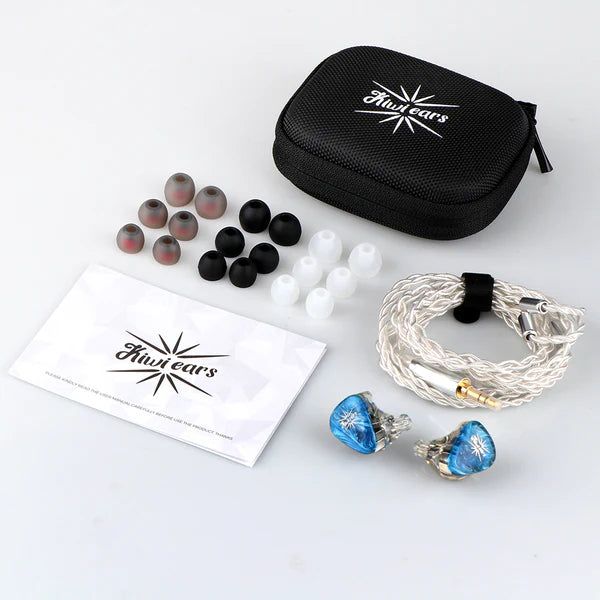
KIWI EARS ORCHESTRA LITE SPECIFICATIONS
- Drivers: Kiwi Ears Customized HI*2+Kiwi Ears Customized MID*4+Knowles LOW*2
- Impedance: 18 ohms
- Sensitivity: 112dB
- Included cable: 1.2 m
- Cable plug type amp: 3.5mm
- Cable plug IEM: Detachable 0.78mm 2 Pin
- Tips: Silicon type, 3 sizes
- Carry pouch included
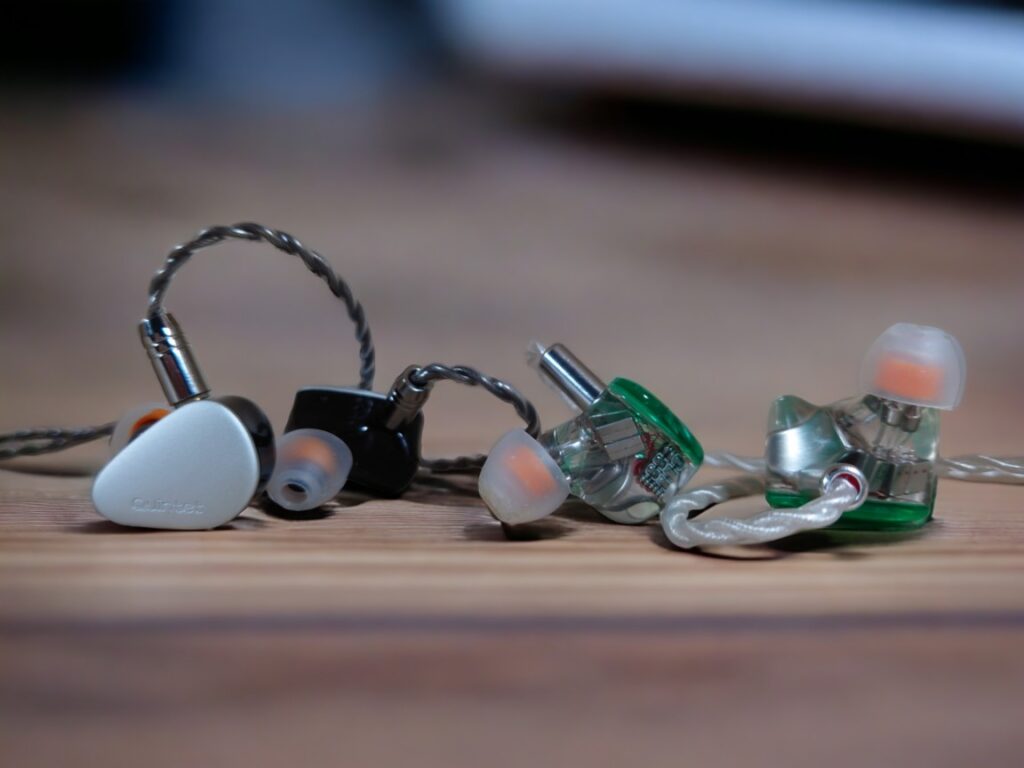
COMPARISONS
Amplifier: Topping A90. Source: RME ADI-2 DAC FS
10:15 On A Saturday Night by The Cure
The Orchestra Lite is very spacious. The guitar in the background is subtle and delicate. The bass is pretty strong and relatively tight. The vocals are very nice. When the guitar solo hits, it’s with a lot of texture and nuance.
With the Quintet, the most striking difference is in the bass. It’s a lot tighter, with more texture and detail. It’s less bloomy and has less presence. The treble is not as smooth, the upper mid-range is a bit more aggressive. The soundstage and imaging are similar. The Quintet, however, sounds more aggressive and upfront, pushing detail and texture more in your face, while the Orchestra Lite is more relaxed and smooth.
Akka-Safad by Faraj Suleiman
Palestinian pianist Suleiman plays a playful and fun piece together with a bass player and a percussionist. The bass is so tight and punchy with the Quintet that it’s almost unreal. Everything else is snappy, crisp and fast. It’s a fun and precise-sounding delivery.
With the Orchestra Lite, the bass isn’t as special. It’s still good, but not the star of the show. I even find it a bit less present than with the Quintet. The treble is smoother, the piano sounds less upfront and “aggressive”. Soundstage and imaging are similar. I find the Quintet more fun with this piece.
As Before by Olga Konkova
The Orchestra Lite has a delicious way of rendering the vocals and the piano. Percussion is snappy in a snotty and delicate way.
With the Quintet, the bass again is a lot more punchy. It is also more present in the mix here. The vocals and the piano are nicely done, but in a little more clear and crisp way rather than the more smooth and organic presentation of the Orchestra. Not a huge difference, but it’s there. Generally, I like them both, but the bass of the Quintet with the vocals of the Orchestra Lite would be absolutely perfect.
Black Crow by Cassandra Wilson
As always, I cannot help myself from starting with a comment about the bass of the Quintet. It’s really, impressive – probably the most physical bass I’ve encountered in an IEM. It’s not the biggest, though: Not too much, just right. Tight and extremely detailed. It’s perfect. The vocals are smooth and have a good amount of texture, the percussion is very snappy.
With the Orchestra Lite, the vocals are less forward, smoother and lusher. The bass is similar in quantity but not as tight. The treble is more refined, laid back and liquid sounding.
Hail, Hail by Pearl Jam
As always, the bass of the Quintet is stunning. The amount of detail and texture presented in the lower regions is impressive. Fuzz guitars are energetic sounding, there’s good layering and separation.
The Orchestra also sounds very good. It’s generally a little smoother, but the bass isn’t as detailed. The soundstage is very similar.
Higdon: Violin Concerto – Fly Forward by Hilary Hahn
Starting with the Quintet, the strings and wind instruments have a lot of energy. They’re crisp and clear, upfront with bite. The Orchestra Lite is smoother, more gentle and lush. There’s plenty of detail, just not as expressively pronounced. There are less explicit edges and more liquidity. It’s not a night and day difference, though. The Orchestra Lite still has punch and bite too.
As I continue with my playlist, the impression remains the same as with the tracks I already have described. I’ll wrap it up below, but first a few words on amplification.
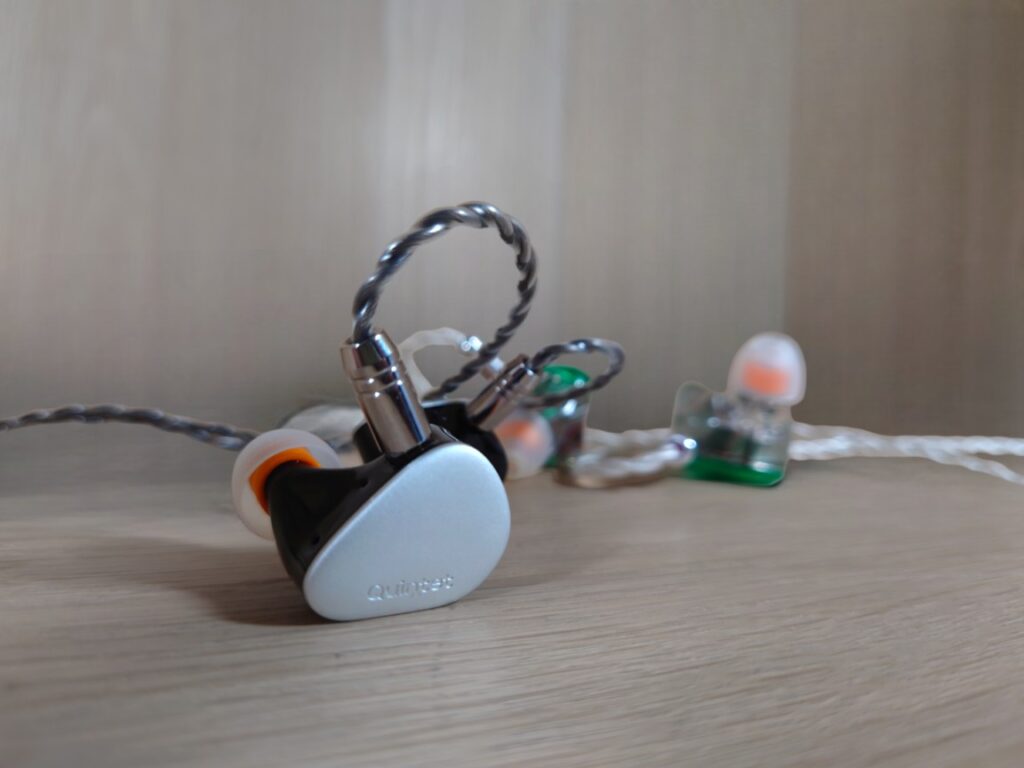
AMPLIFICATION
Desktop
The Topping A90 obviously has the power to drive these IEMs well. It’s a very neutral-sounding amplifier. I find that the Quintet pairs even better with slightly warmer-sounding amps, like the Rebel Amp or the Fiio K5. Also, the Schiit Magni Heretic and the amp on the RME ADI-2 DAC FS sound great. Actually, all those desktop amps seem to sound a bit warmer than the A90, in a preferable way.
The Orchestra Lite is a little less demanding on the amp power, aka more sensitive. It plays nicely with all the amps mentioned.
Portable
Starting with my Poco F5 (2023) phone, they both sound very good straight from the headphone jack (yes, it has got a 3.5mm output). Actually, it sounds remarkably good. I didn’t expect it to sound this good. With the THX Onyx USB dongle, the sound gets a bit tighter and I have to adjust the volume because it has more power. However, my F5 phone is really close. That’s impressive because the Onyx is really good for a dongle. The Xduoo Link 2 dongle also sounds good.
Going back to the desktop setup, however, there is no doubt that it sounds better than the portable options. The Quintet and the Orchestra Lite are very revealing IEMs, and a great DAC and amp aren’t wasted on these. That being said, the way the Quintet and the Orchestra Lite sound on modest setups is impressive.
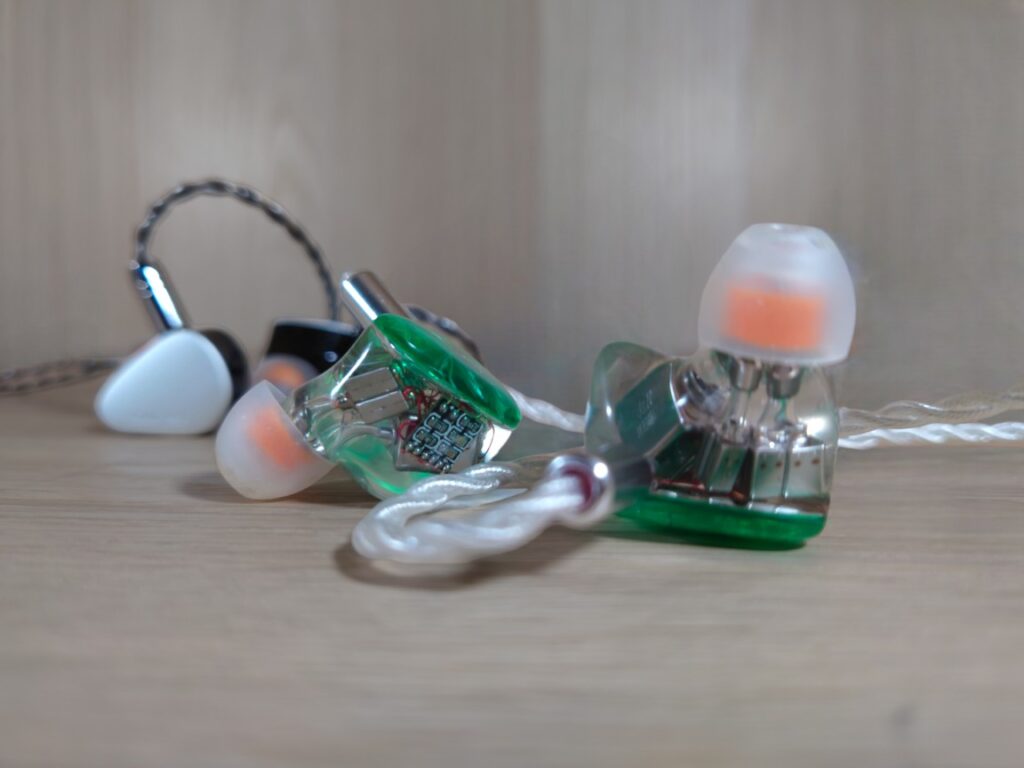
WRAPPING IT UP
Sound Signature, Soundstage and Imaging
When it comes to tonal balance they are not far apart. The Quintet is a bit brighter with a bit more pronounced upper midrange. But basically, they’re tuned to be neutral sounding and Kiwi Ears have succeeded. However, they have different presentations. The Quintet is sharper, crisper and more punchy, the Orchestra Lite is smoother, a little more laid back and lush.
They have similar soundstage and imaging capabilities. Both are good, but the Quintet feels a bit airier.
Treble
The Orchestra Lite has a very nice treble. It’s smooth and lush, but not shy or subdued. The Quintet has a crisper and more sparkly treble. Both are highly detailed.
Midrange
The mids are crisper, more energetic and upfront with the Quintet; they are smoother, lusher and more organic sounding with the Orchestra Lite. With the Quintet, there’s more obvious texture and raw detail, with the Orchestra Lite, there’s more subtle detail and fine nuance.
Bass
The bass is very good with the Orchestra Lite. It’s plentiful, but not too much, it’s well balanced, rich, natural sounding and not boomy. However, as good as it is on the Orchestra, the bass is just fantastic on the Quintet. Fabolous, I might say. It’s so tactile, dynamic, textured, detailed and layered. It feels physical in a way I cannot recall from any other IEM I’ve heard. Now, it’s still just an in-ear headphone. It’s not magic. But it certainly comes close. Quantity-wise they are quite similar, sometimes the Quintet has a little bit more bass, sometimes the Orchestra Lite. It depends in the song and the frequencies. Anyway, I never felt any of them to neither exaggerate the bass nor holding it down. I find it perfectly balanced.
Dynamics
The Orchestra Lite is a dynamic-sounding IEM, but the Quintet is even more dynamic. The bass, which I’ve mentioned more than a few times already, is especially dynamic and punchy on the Quintet. Not only in comparison to the Orchestra Lite but in absolute terms. Further, both the mid-range and the treble have a more dynamic character with more tonal contrast on the Quintet. What the Orchestra has instead is a very nice sense of smoothness, ease and flow.
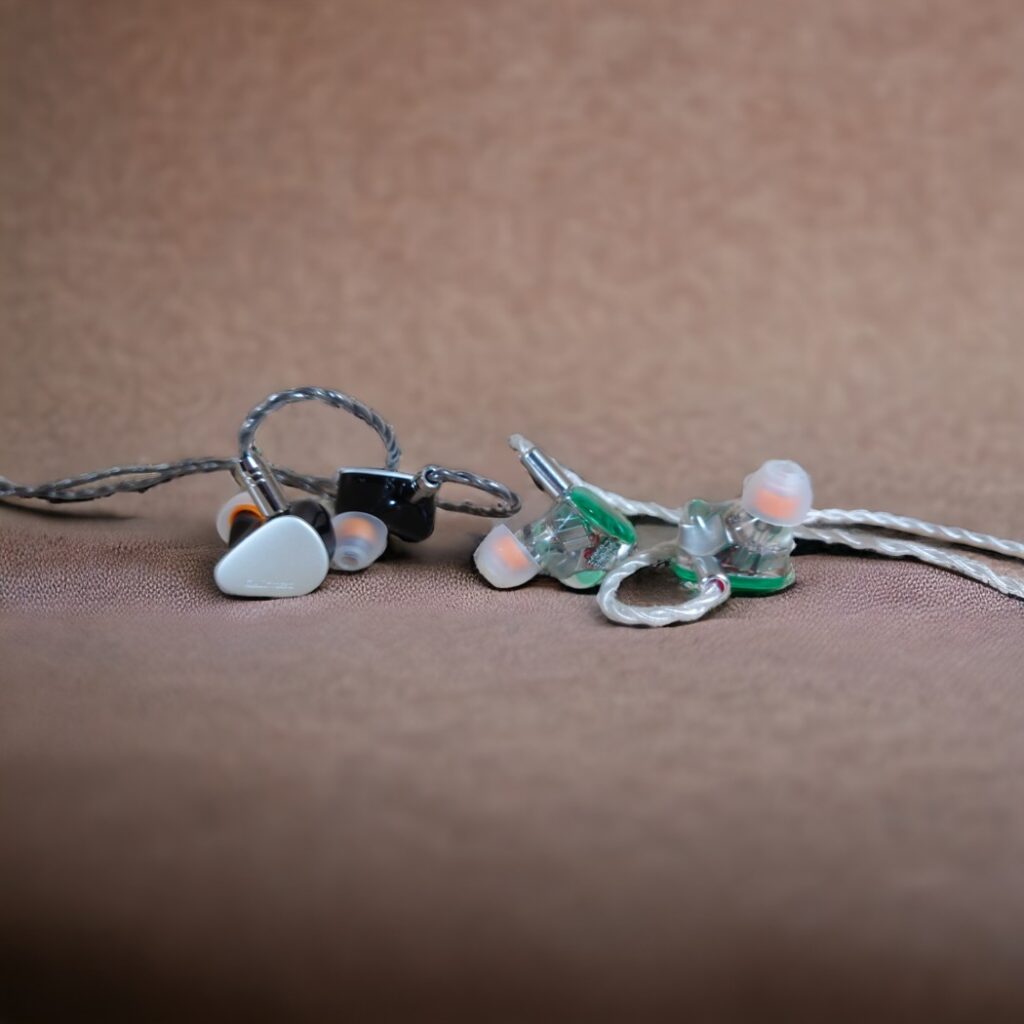
CONCLUSION
The Kiwi Ears Quintet and Orchestra Lite are both great-sounding IEMs. They have lots of detail, an open soundstage and a quite neutral and well-balanced sound profile where no part of the frequency spectrum feels exaggerated or recessed. I find the Quintet to sound a bit brighter, but not much.
The main difference between them lies not as much in the tonal balance as in the character. The Orchestra Lite is smoother, lusher, more liquid and organic sounding. The Quintet is sharper cut and presents the music in a rawer and more energetic and upfront way.
The Kiwi Ears Quintet and Orchestra Lite are neutral and transparent sounding IEMs, with a slightly different flavour. They sound good with modest sources like a phone or USB dongle but scale well with better sources.
Both the Kiwi Ears Quintet and Orchestra Lite come highly recommended.
You can check them out here:
Buy on Linsoul: Kiwi Orchestra Lite
Buy on Amazon: Kiwi Orchestra Lite
Buy on Linsoul: Kiwi Quintet
Buy on Amazon: Kiwi Quintet
Any purchase you make on Amazon or Linsoul with any of our affiliate links will give us a small provision at no cost to you.
We only get a provision for items that are not returned, so there’s no incentive for us to recommend something that’s not good.
Linsoul : Headphones, Earbuds, Wireless Earbuds, Desktop DAC/AMP, Portable DAC/AMP, Digital Audio Players,
Amazon: Headphones, IEMs, Headphone Amplifiers, Home Audio or Anything else.
.
If you enjoyed this article or other content on The Headphoneer, you might consider leaving a small donation to keep this website up and running. No donation is too small. Thanks for supporting us!
If you like our work please follow us on Instagram, Facebook and Twitter , it will help us grow. Sharing is caring 🙂
.


